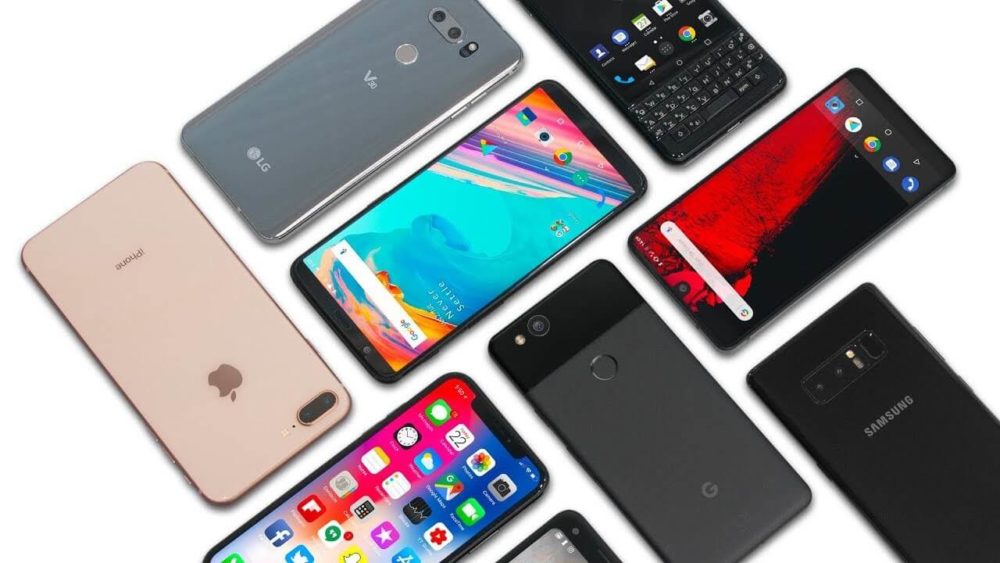Over the last few years there have been a gradual slump in the smartphone market. The sale of the smartphones market is shrinking and India seems to be only country which is poised to grow.Sales figures over the past year have made for grim reading.
The industry declined around 1% in 2018, according to preliminary forecasts by tech consultancies Canalys and Counterpoint Research. That’s the first annual decline for the smartphone market ever. At present India has second largest market in terms of smartphone business. And mobile giant such as Samsung and Xiomi are making most out of it.
Brand Competition, Consumers Benefit:
In the bygone year we have seen the cold war between Xiomi and Samsung where Xiomi was leading the market as per statistics of 2018.
But Samsung is pulling it’s socks by launching the Samsung’s “M series “ which will be available for sale in India.
This is not the first time when such big smartphone companies has shown their interest in grabbing the attention of Indian consumers.
According to the trend analysis these smartphones companies use various techniques like introducing wars of megapixels, launching device on device and introducing specialised mobiles, they generate more revenues from Indian Market.
The M series launched by Samsung will soon be available online via Samsung portal or through Amazon. According to Warsi, the global vice president at Samsung India, the India-first phones will be priced between ₹10,000 to ₹20,000 and in exchange, the phones will have chunkier batteries but they’ll be equipped with features like quick charging.
Less cost works wonders if the quality of the product is worth it. Xiomi is the best example which reflect this statement. Redmi and one plus has proved that Indian market runs only on the rule ‘worth for money.’
Apple, known for its iPhone, is exception to this rule. Infact they have announce to assemble the devices locally now. Xiomi has come up with a strong game point where they have segregated their two sub brands namely POCO and Redmi. POCO will focus on affordable flagship while Redmi will focus on budget smartphones.
But according to the Korean Giant they are not applying the “one portfolio” approach rather they will serve all consumers from premium and luxury to mid range smartphones. According to Warsi, “We are here to serve all consumers — from flagship premium and luxury to mid-range, affordable and popular smartphone segments. Being a full-range player, we have a full deployment and infrastructure in place in the country.”
In short we can conclude their either comes head or tail, Indian consumer is at win win situation where they will get great smartphones at affordable prices. The size of smartphone market may has reduce for some countries but for India, it surely has increased the chances of getting more high-tech and more cheaper smartphones.
We will keep you updating about all the market news that you need to know before buying any smartphone or for analysis the smartphones market trends around the globe. Stay tuned, keep reading and do let us know what is in your head about these gradual decline in smartphones market globally in our comment section below.





